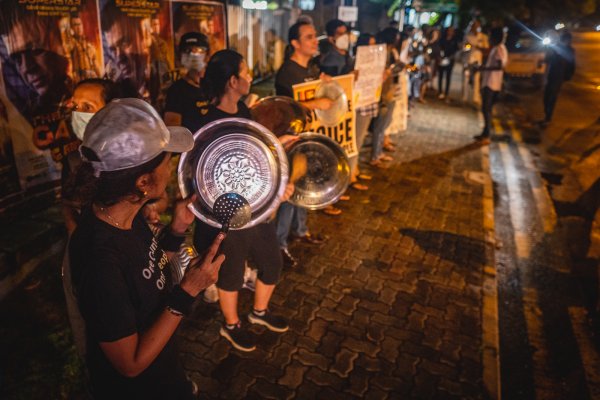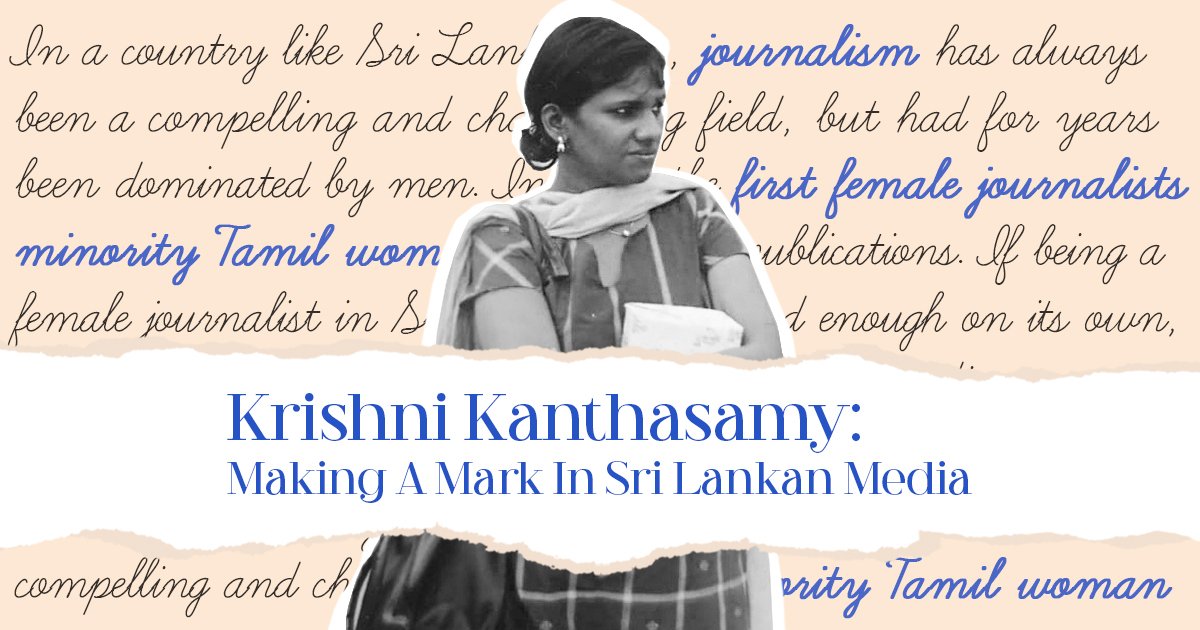
In a country like Sri Lanka, journalism has always been a compelling and challenging field but had for years been dominated by men. In the 1950s, the first female journalists in Sri Lanka were employed by English-language publications.
If being a female journalist in Sri Lanka was hard enough on its own, then being a minority Tamil woman in the media was even harder. Krishni Kanthasamy Ifham can attest to this.
Having embarked on her career as a journalist right in the middle of Sri Lanka’s civil war, Kanthasamy has completed 25 challenging years in local media. Despite the tumultuous context within which she started work, Kanthasamy Ifham was determined to do her best, travelling across the country to report on the conflict.
Interestingly, Kanthasamy Ifham hadn’t originally planned to be a journalist; her ambition had been to follow in her father’s footsteps, and become a police officer. In fact, she was close to realising that dream, she said, when her parents raised concerns for her safety, in view of the volatile political and social situation in Sri Lanka at the time. Kanthasamy Ifham recalls being devastated and confused: “I was so disappointed and couldn’t understand at the time why this dream was [being] taken away from me,” she told Roar Media.
However, on the heels of this disappointment came a new opportunity. A Sunday Observer advertisement about a journalism diploma caught her eye, and Kanthasamy decided to enrol. A year later, with her diploma in hand, she applied for a position as a trainee journalist at Virakesari, Sri Lanka’s leading Tamil-language newspaper at the time, along with six other women. What Kanthasamy Ifham didn’t realise then, was that Virakesari had never hired female trainee journalists before — which made the employment of these seven women a significant development.
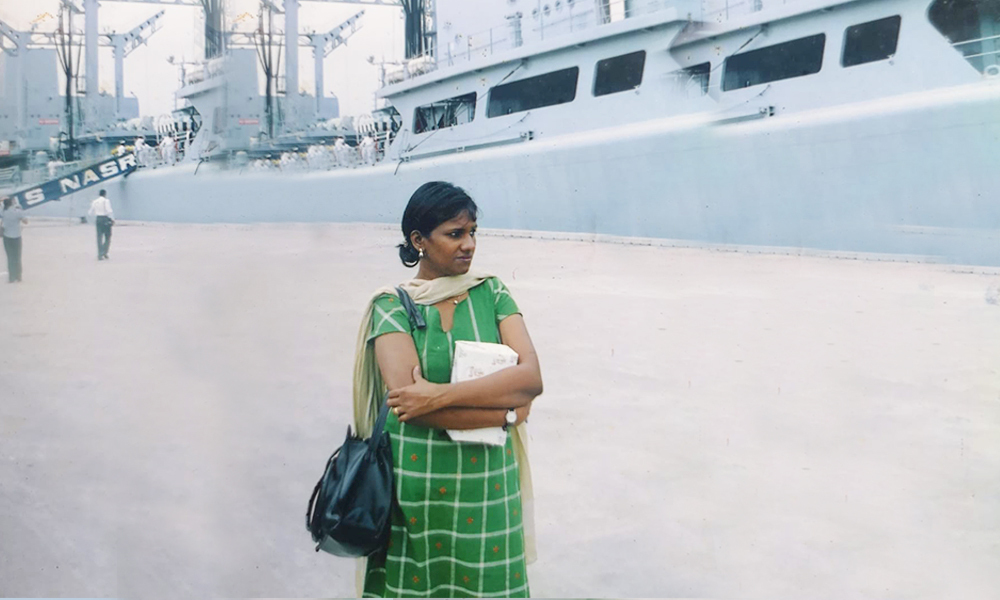
In the years that followed, Kanthasamy Ifham would cover stories relating to crime and security, including those on hostages, prisoners, the disappeared and their families, political unrest, general elections and a range of other political developments. She believes that she may have been one of the first Tamil women to report on some of these issues.
The major war-related incident Kanthasamy Ifham had to cover was the 31 January 1996 Central Bank bombing. The young reporter arrived at a brutal, violent scene, but she tried her best to not let it deter her. “I was so young, I had never seen blood like that. It was jarring, but I made up my mind that I would not let that bother me,” she told Roar, adding, “It was important to me to be able to tell the truth and make the public aware as much as possible about what our country was experiencing.”
Kanthasamy Ifham founded the Tamil Speaking Women Journalists Organisation in 2006 to support Tamil women in media who were facing harassment and intimidation, as her work came with significant risks. In 2009, a month after the end of the civil war, Kanthasamy Ifham was abducted on the outskirts of Colombo, in a manner that came to be remembered as the ‘white van’ incidents. She was interrogated and, fortunately, later released in Kandy. Though this event shook her, Kanthasamy Ifham has many memories of the experiences that made her the journalist she is today.
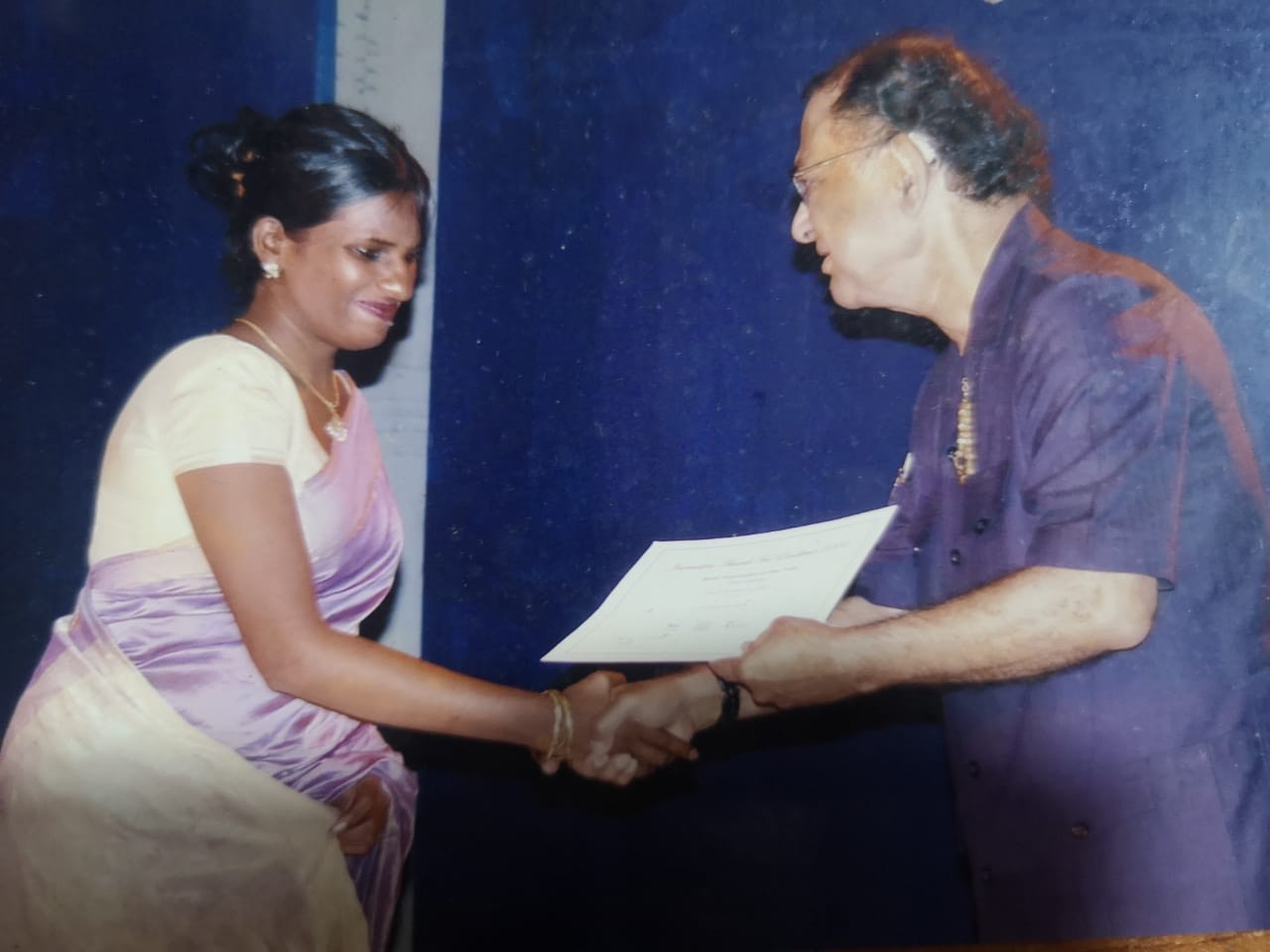
One time, she remembers, she had been attending a function when she was suddenly called upon to report on an incident involving the killing of key LTTE members. She left immediately, arriving at a northern village, clad in saree and high-heeled shoes. She recalls how villagers, assuming she was a judge, had made way for her to enter the jungle where the killings had taken place. “If they only knew I was a journalist!” she said. Kanthasamy Ifham also encountered frequent gender bias; sometimes, when police came in search of a “Krishni Kanthasamy”, they expected to find a man.
None of this would get her down, however. She soon developed a positive reputation: “I was always the first on the scene, [even if] it was a bomb blast or suicide bombing.” Her editors would use her as an example to encourage more women at the newspaper’s office to take up challenging stories: “If Krishni can do it, then so can you,” they would say.
Over the years, the stories Kanthasamy Ifham has covered have changed, but people have remained at the centre of her journalism. She was also the first Tamil woman to win the best journalist award three years in a row from the Sri Lanka Press Institute.
Reflecting on the journalism landscape today, Kanthasamy Ifham said she feels that it certainly has improved for women. There are far more female journalists whose voices are more frequently represented in the media, she said, compared to a decade ago. Advancements in technology have also made reporting, editing, archiving and publishing far more efficient and accessible.
Women like Kanthasamy Ifham have paved the way for journalists, especially from minority or marginalised communities. Yet, despite her immense contribution to journalism as a woman, a Tamil and a Sri Lankan, she says she is still learning, still open to collaboration with young people and still looking forward to ways in which she can contribute to her field.

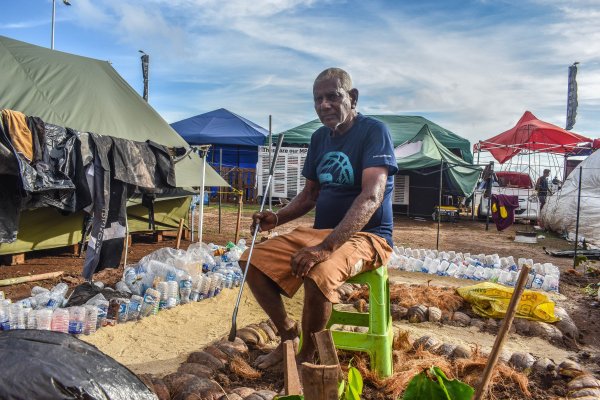
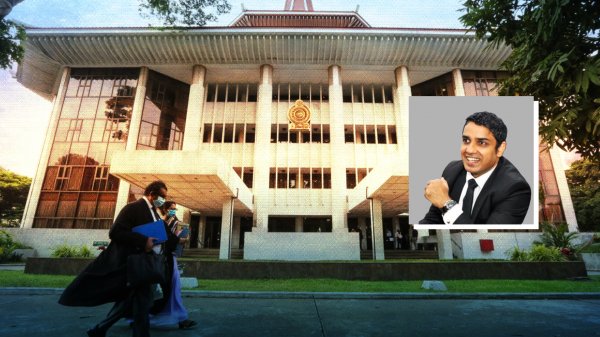
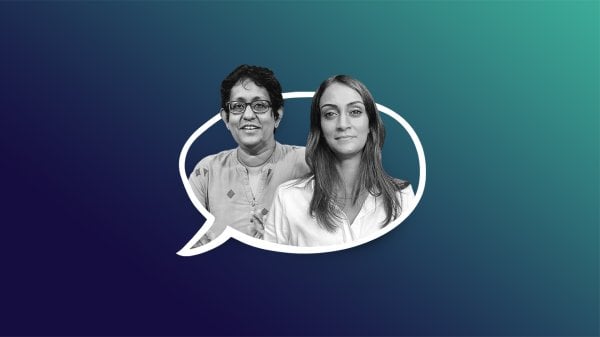
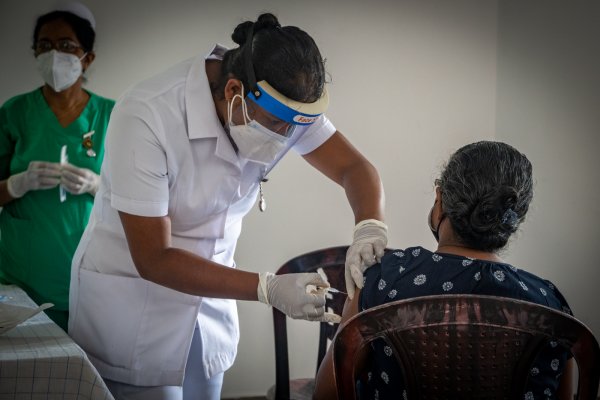

.jpg?w=600)
